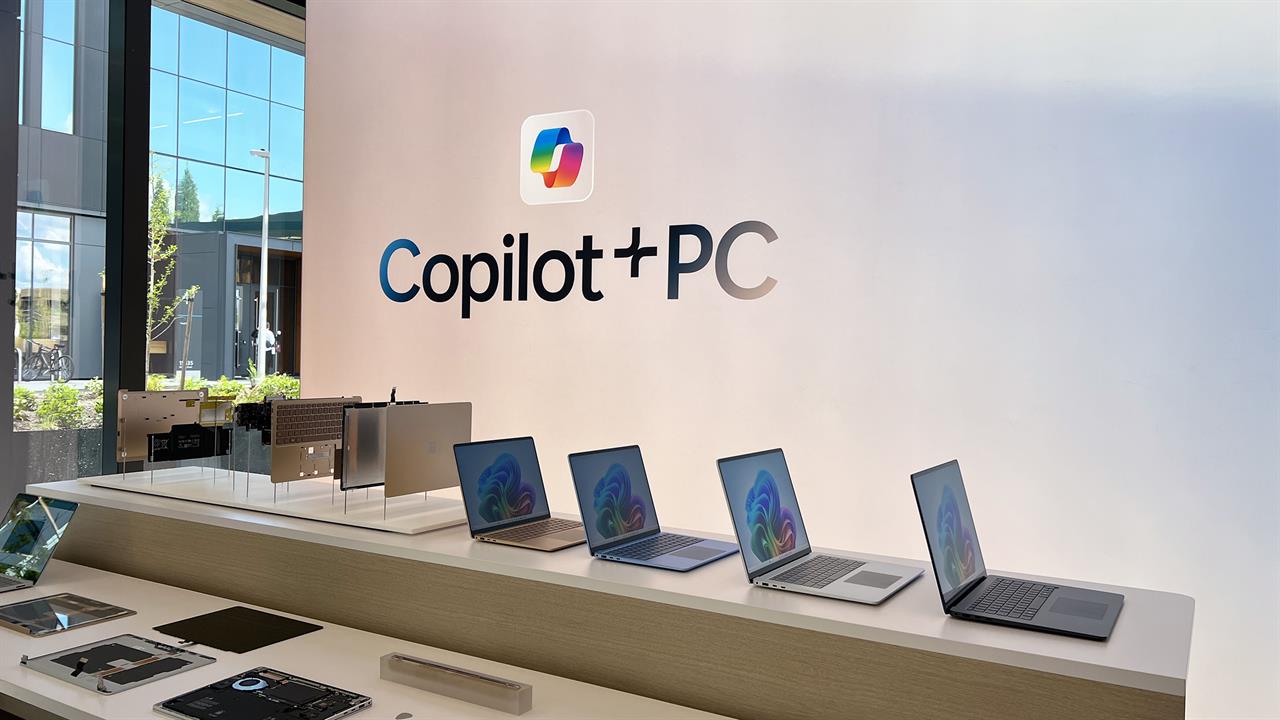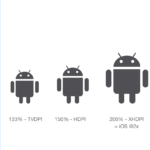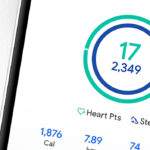The tech world is abuzz with the recent unveiling of Copilot+ PCs by Microsoft. Imagine laptops that leverage artificial intelligence (AI) to enhance your productivity and creativity. Features like “Recall” for seamlessly searching through documents and real-time language translation during video calls sound like something straight out of science fiction. But before you start picturing yourself as a futuristic power user, there’s a crucial detail to consider: not all Copilot+ laptops will be created equal, at least not immediately.
This blog post dives deep into the world of Copilot+ PCs, exploring the exciting potential of AI-powered laptops while also addressing the rollout limitations. We’ll uncover the specific hardware needed to unlock the full potential of Copilot+, understand the current availability of these machines, and discuss what this means for those with existing laptops. Finally, we’ll cast an eye towards the future and explore the broader implications of AI integration within the laptop landscape.
Demystifying Copilot+ PCs: The Power of the Neural Processing Unit (NPU)
At its core, the Copilot+ initiative isn’t just a fancy marketing term for a new line of laptops. It signifies a paradigm shift towards AI-powered computing experiences. These laptops are specifically designed to leverage the processing power of a Neural Processing Unit (NPU). Unlike the traditional CPUs found in most laptops, NPUs are specialized hardware components optimized for handling AI workloads.
Think of an NPU as a highly efficient engine built specifically for complex mathematical calculations that underpin AI functions. Tasks like image recognition, natural language processing (the ability for computers to understand human language), and real-time video enhancements all rely heavily on these calculations. By offloading these tasks from the CPU to the NPU, Copilot+ PCs can achieve significant performance gains in handling AI-powered features.
Here’s the crux of the matter: not all laptops currently possess this dedicated AI hardware. Copilot+ PCs specifically require the latest generation of Qualcomm Snapdragon X processors, which integrate a powerful NPU alongside the traditional CPU. Laptops powered by Intel or AMD processors, even recent high-end models, won’t be able to harness the full potential of Copilot+’s AI suite.
The Copilot+ Rollout: Patience is a Virtue (for Now)
While Microsoft has partnered with major manufacturers like Dell, HP, and Asus to produce these Snapdragon X-powered Copilot+ laptops, they haven’t saturated the market quite yet. Pre-orders are just starting, with actual availability expected by mid-June 2024. This means there’s a waiting period before you can get your hands on the full-fledged Copilot+ experience.
This phased rollout strategy might seem frustrating, but it’s important to consider the technical challenges involved. Integrating a new hardware component like the NPU requires significant software optimization on both the operating system (Windows in this case) and individual applications to ensure seamless functionality. Additionally, manufacturers need time to design and produce these new laptops while ensuring they meet quality and performance standards.
What About My Current Laptop? Don’t Get Left Behind on AI
If you recently purchased a laptop with an Intel or AMD processor and were hoping to jump on the AI bandwagon, don’t fret. There’s still a silver lining. Microsoft isn’t completely abandoning existing hardware. Windows will continue to receive updates with baseline AI features accessible to all users. These might include functionalities like simpler voice commands or improved battery management with AI-powered optimization.
While these baseline features might not be as flashy as the advanced capabilities of Copilot+ PCs, they still represent a step towards a more intelligent computing experience. Furthermore, some existing laptops might be able to leverage cloud-based AI services to achieve functionalities similar to Copilot+. These services, however, would rely on internet connectivity and might not offer the same level of performance or privacy as on-device NPU processing.
The Future is AI-Powered: A Glimpse into Tomorrow’s Laptops
Microsoft’s commitment to AI integration within laptops is a clear indicator of where the future of computing is headed. While the initial rollout of Copilot+ PCs might be limited to specific hardware, it’s highly likely that future iterations of Windows laptops will see NPU technology become more commonplace. This means that even if you’re not part of the early adopter crowd for Copilot+, AI features will likely become a standard part of your laptop experience in the coming years.
The potential benefits of AI-powered laptops are vast. Imagine a laptop that can anticipate your needs and automatically adjust settings for optimal performance. Perhaps your laptop could intelligently filter out background noise during video calls or offer real-time language translation while you’re writing emails or documents in a foreign language. These are just a few examples of the possibilities that AI
















Leave a Review